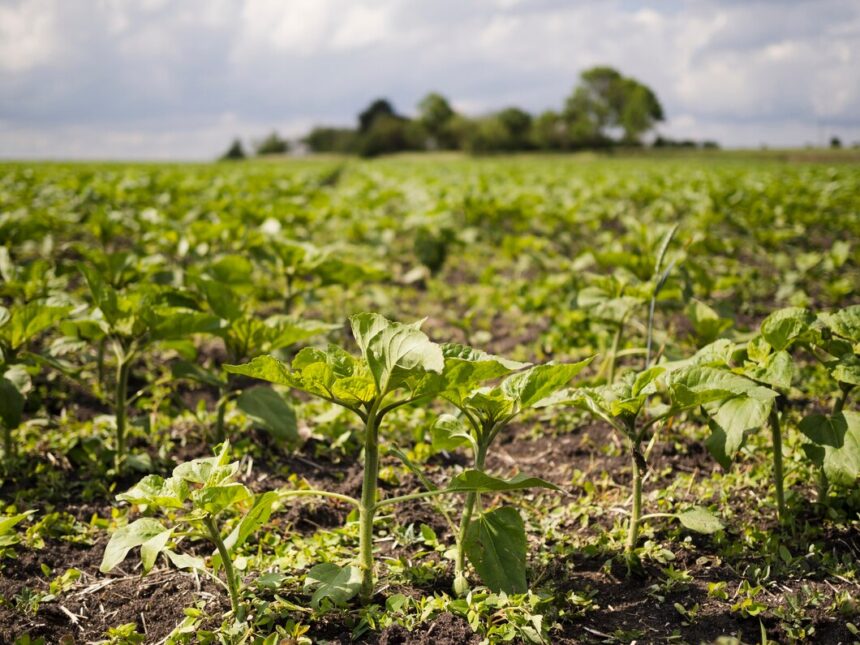Cultivating indigenous crops in South Africa not only preserves biodiversity but also contributes to food security and cultural heritage. These crops are well-adapted to local climates and soils, making them resilient to environmental challenges. Here are ten ways farmers can successfully cultivate indigenous crops:
- Research and Select Suitable Crops: Identify indigenous crops that are well-suited to your region’s climate, soil type, and growing conditions. Consider factors such as drought tolerance, pest resistance, and nutritional value when making your selection.
- Seed Selection and Conservation: Source quality seeds from reputable suppliers or local seed banks that specialize in indigenous crop varieties. Participate in seed saving initiatives to conserve genetic diversity and ensure the availability of seeds for future planting seasons.
- Adopt Sustainable Farming Practices: Implement sustainable farming techniques such as intercropping, crop rotation, and organic farming methods to enhance soil fertility, reduce water usage, and minimize environmental impact.
- Water Management: Use efficient irrigation systems and water conservation practices to optimize water usage during both dry and wet seasons. Consider indigenous crop varieties that require less water or are drought-tolerant.
- Soil Preparation and Management: Conduct soil tests to assess nutrient levels and pH balance. Prepare soil by incorporating organic matter such as compost or manure to improve soil structure and fertility for healthy crop growth.
- Integrated Pest Management (IPM): Implement IPM strategies to control pests and diseases while minimizing the use of synthetic pesticides. Use natural predators, crop rotation, and companion planting to maintain crop health.
- Traditional Knowledge and Practices: Learn from local communities and traditional knowledge holders about cultivation techniques, harvesting practices, and culinary uses of indigenous crops. Incorporate this knowledge into your farming approach to ensure cultural preservation.
- Market and Value-Add: Explore local and niche markets for indigenous crops, such as farmers’ markets, specialty stores, and restaurants that value diversity and sustainability. Consider value-adding opportunities such as processing, packaging, and creating unique products.
- Education and Awareness: Educate consumers, local communities, and stakeholders about the nutritional benefits, cultural significance, and environmental importance of indigenous crops. Host workshops, cooking demonstrations, or farm tours to promote awareness.
- Policy and Support: Advocate for policies that promote the conservation and cultivation of indigenous crops. Collaborate with agricultural organizations, government agencies, and research institutions to access funding, resources, and technical support for indigenous crop initiatives.
Cultivating indigenous crops in South Africa presents a pathway towards sustainable agriculture, biodiversity conservation, and cultural preservation. By embracing traditional knowledge, adopting sustainable practices, and engaging with local communities and markets, farmers can contribute to food security, environmental resilience, and the preservation of South Africa’s rich agricultural heritage.
Join 'Farmers Mag' WhatsApp Channel
Get the latest Farming news and tips delivered straight to your WhatsApp
CLICK HERE TO JOIN






